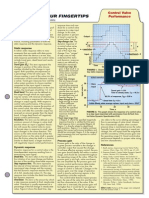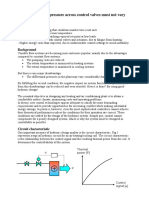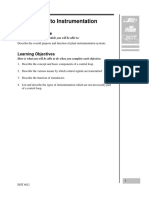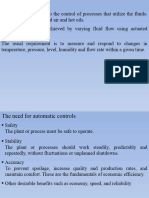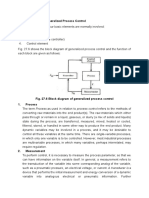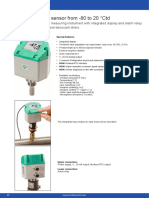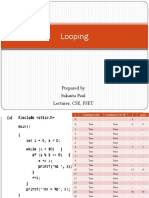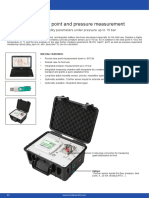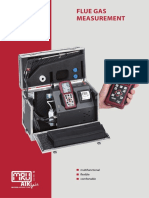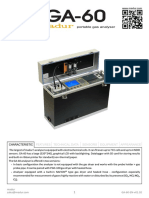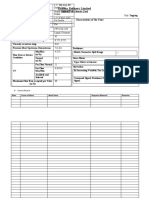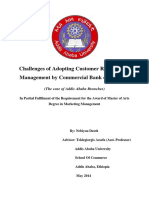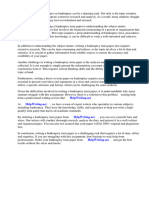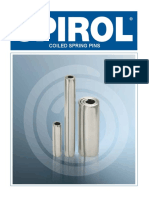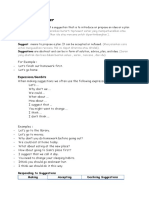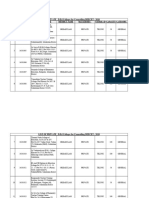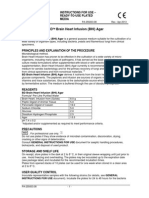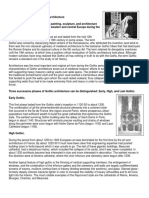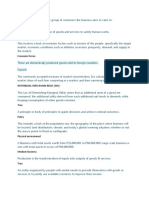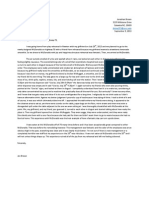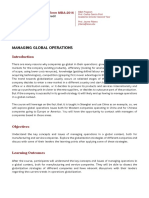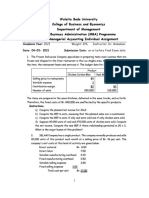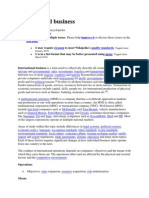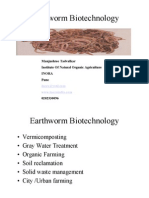0% found this document useful (0 votes)
107 views12 pagesControl Valve Presentation
The control valve is the most common final control element used in process control industries. It manipulates flowing fluids like gas, steam, water, or chemicals to keep a regulated process variable close to its set point despite disturbances. A control valve typically consists of a valve body, internal trim parts like the closure member, an actuator to provide motive power, and accessories like positioners. The control valve modifies the fluid flow to compensate for changes in the process and maintain tight control.
Uploaded by
Kaisar JamilCopyright
© © All Rights Reserved
We take content rights seriously. If you suspect this is your content, claim it here.
Available Formats
Download as DOCX, PDF, TXT or read online on Scribd
0% found this document useful (0 votes)
107 views12 pagesControl Valve Presentation
The control valve is the most common final control element used in process control industries. It manipulates flowing fluids like gas, steam, water, or chemicals to keep a regulated process variable close to its set point despite disturbances. A control valve typically consists of a valve body, internal trim parts like the closure member, an actuator to provide motive power, and accessories like positioners. The control valve modifies the fluid flow to compensate for changes in the process and maintain tight control.
Uploaded by
Kaisar JamilCopyright
© © All Rights Reserved
We take content rights seriously. If you suspect this is your content, claim it here.
Available Formats
Download as DOCX, PDF, TXT or read online on Scribd
/ 12













